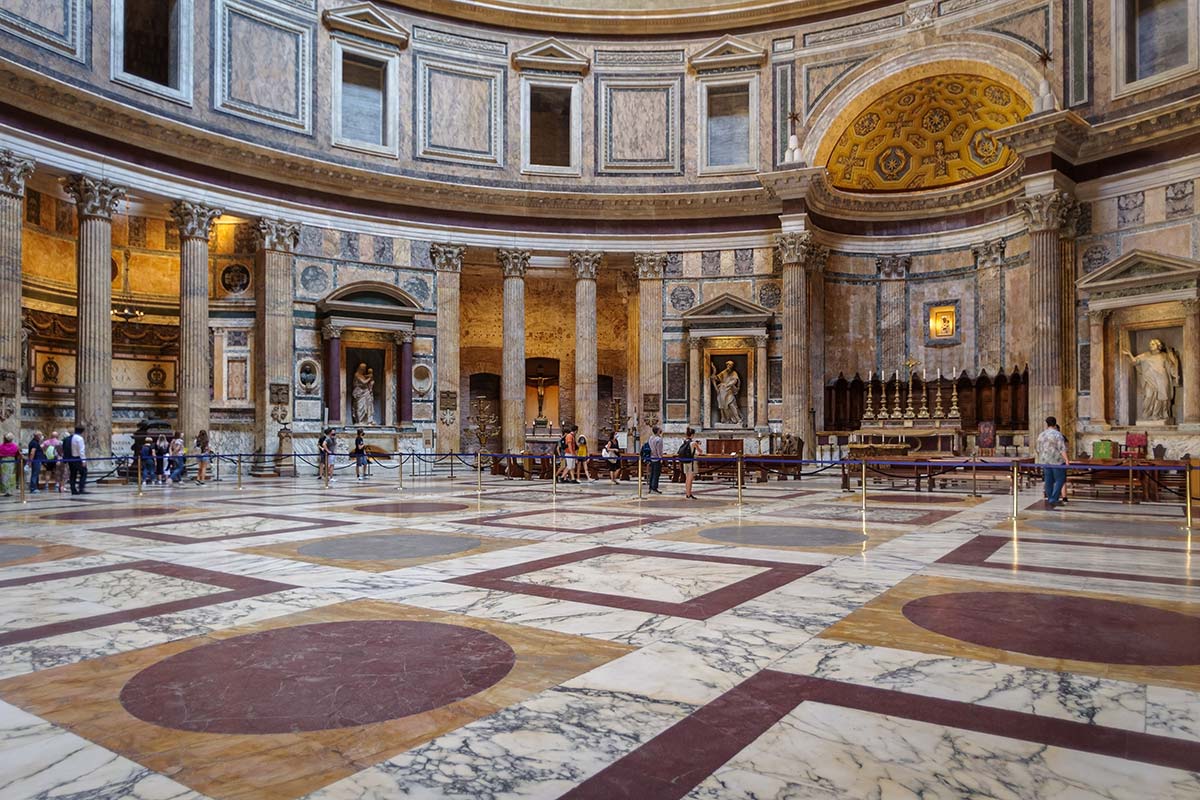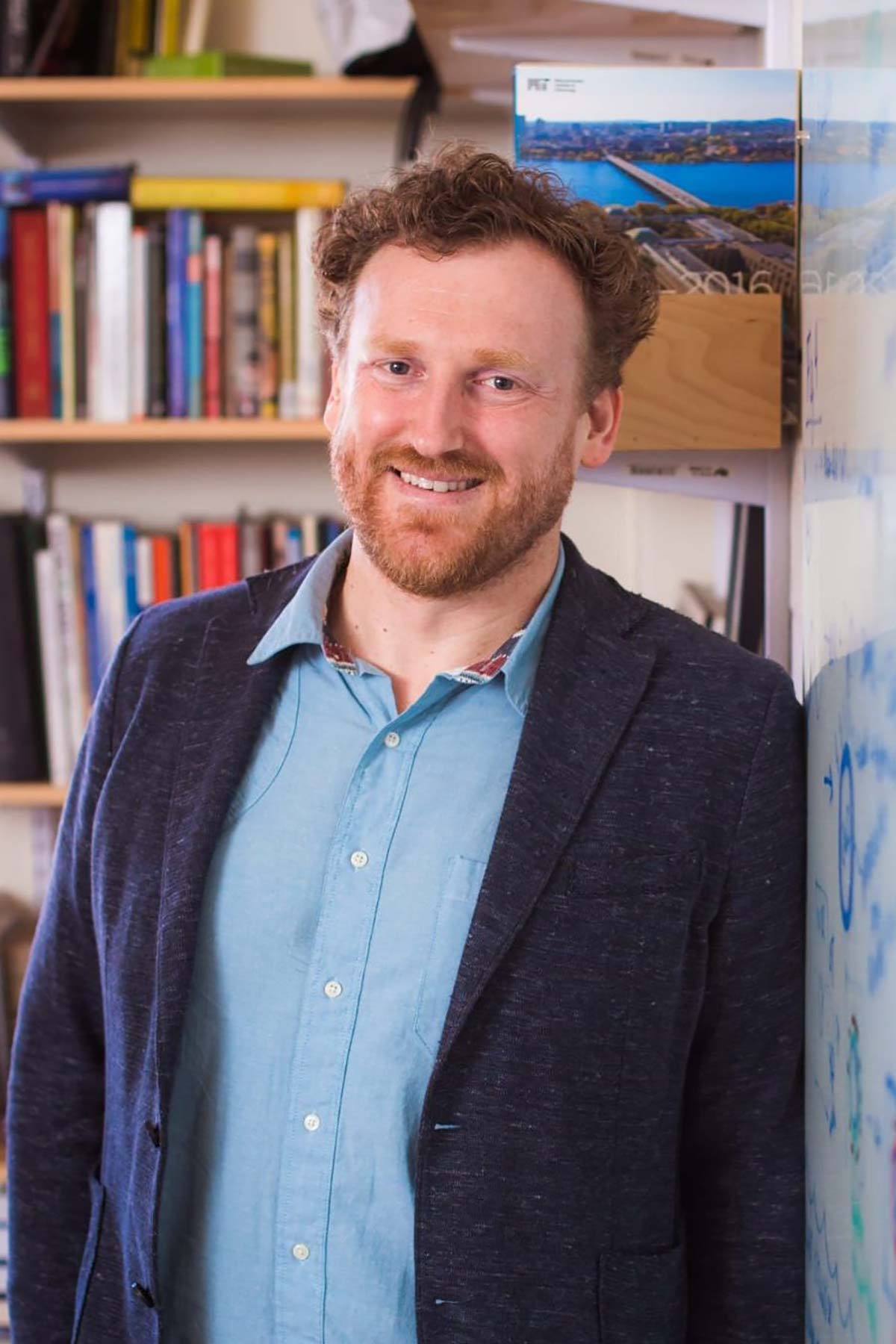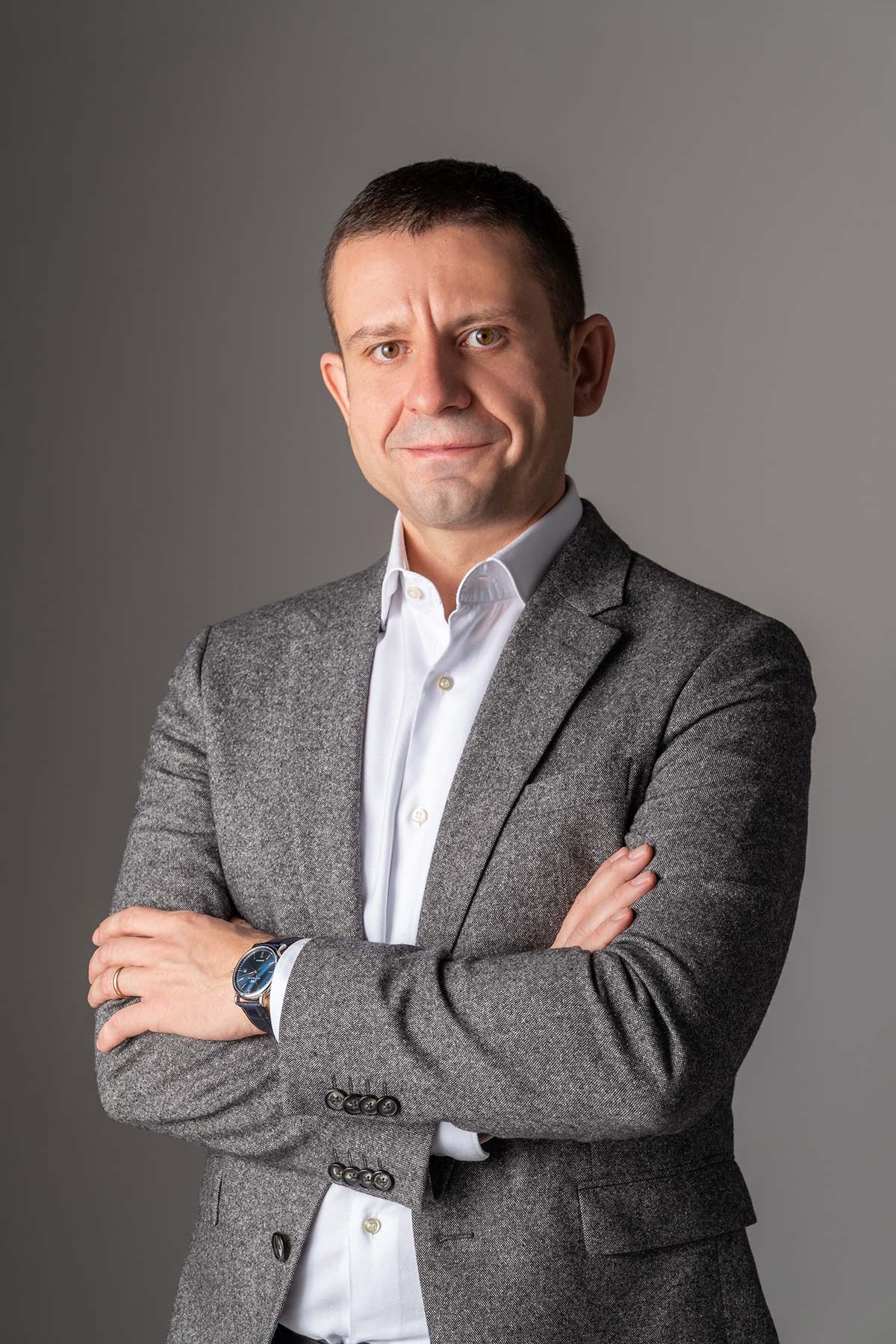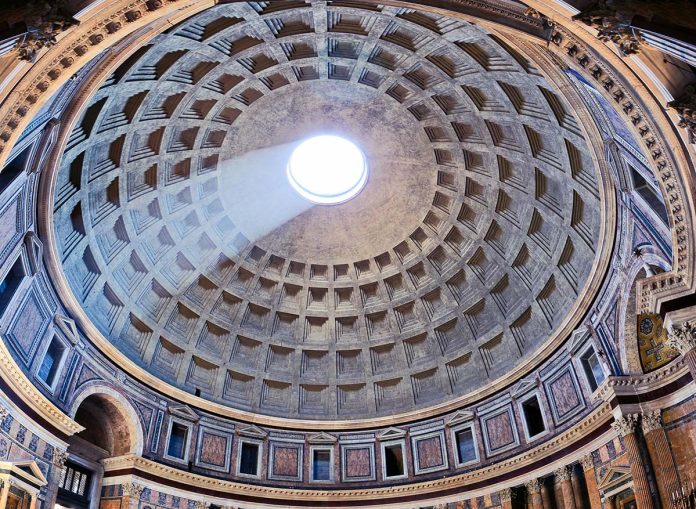The starting point is a question: how has a building like the Pantheon, built 1905 years ago, been able to remain intact in spite of earthquakes, fires, weather and the test of time? To investigate the secrets of resilience of the concrete utilized by the ancient Romans, a research project was launched in 2017, headed by the chemist Admir Masic – associate professor of Environmental Engineering at MIT-Massachusetts Institute of Technology, the most advanced university in the field of new materials – and recently published by the authoritative journal Science Advances.
Starting with this study, the Italian startup DMAT, a deep tech company specialized in cutting-edge materials, has begun to develop innovative technology to create new types of durable and sustainable concrete, without increasing the costs of production. Founded by Paolo Sabatini, co-author of the research, along with Masic and others, DMAT has just begun operating in the United States.

Certified in Switzerland by the Istituto di Meccanica dei Materiali, this new generation of concretes stands out for its ability to repair itself with a process activated by water, which instead of harming the material can heal cracks, with a process similar to the scarring of biological tissues.
The first concrete of the new generation on the market is called D-Lime and combines durability with sustainability never achieved in the past, with savings of 20% on emissions of CO2 and 50% in terms of costs. Its making is directly entrusted to manufacturers, who through a licensing plan can immediately apply the new formula without altering their production facilities.
The market for concrete today has annual turnover of about 650 billion euros, and has the task of responding to the urgent challenge of decarbonizing its production processes, which have major impact on the planet in terms of quantities deployed and resulting CO2 emissions.


As the CEO of DMAT Paolo Sabatini explains, “the mission of DMAT is to make an ecosystem of enormous volumes – like that of concrete – become greener while offering better performance. To achieve this, we continue to work on two main objectives: to increase the durability of the material, and to diminish its environmental impact. Today we are the only player able to guarantee improvement in structural performance of 50% with a reduction of emissions of CO2 of 20%. This is an extraordinary advance, above all if we consider the fact that we permit its application without added costs, even offering the most competitive pricing on the market. We work every day to make concrete a 100% sustainable material.”







